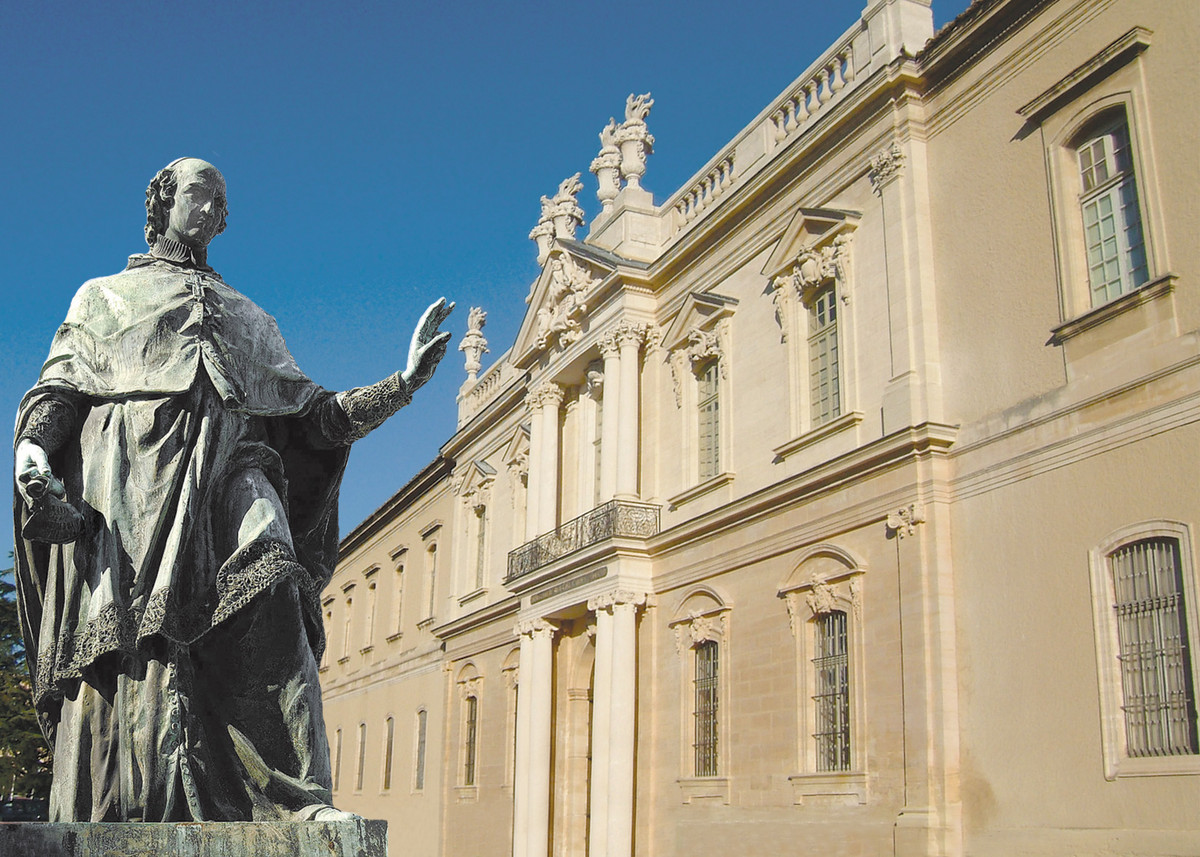The Vault
As part of the running of the Hôtel-Dieu, Malachie d’Inguimbert planned for four nuns to support the doctors, surgeons and pharmacists in giving care to patients. These sister nurses were afforded the right to be buried under the sanctuary of the Hôtel-Dieu Chapel.
In 1764, almost a dozen Augustinian nuns from Caromb, a town that neighbours Carpentras, settled at the Hôtel-Dieu. They lived in the convent set up in the northeastern quarter of the building, where they had individual bedrooms and shared facilities such as a refectory, meeting room, and prayer room which joined on to the chapel.
Twenty-three nuns were living there by the time all religious orders were disbanded in 1793 during the French Revolution. Ten nuns returned in 1818; their number had grown to 32 by the end of the 19th century.
During the First World War, soldiers who were injured on the front lines were cared for in Carpentras. Édouard Daladier, then Mayor of Carpentras, requested 16 nuns to carry out this work full time. Four of them lost their lives to diseases contracted from infected soldiers: Louise Holette (Mother Marie-Joseph), Marie Meunier (Sister Marie-Meclhilde), Amélie Dumont (Sister Imelda) and Victoire Roupe (Sister Marie du Rosaire).
Eugénie Dubuisson (Sister Anne de Jésus) and the volunteer nurse Rose Cazimir were awarded official medals in 1919 for their dedicated work; this recognition was felt by the entire nursing community at the Hôtel-Dieu.
Only five Augustinian nuns remained when the community left the Hôtel-Dieu convent on 28 August 1976.
The number of nuns buried in this vault between 1764 and 1793 is unknown, but 129 are known to have chosen burial there since 1818.



